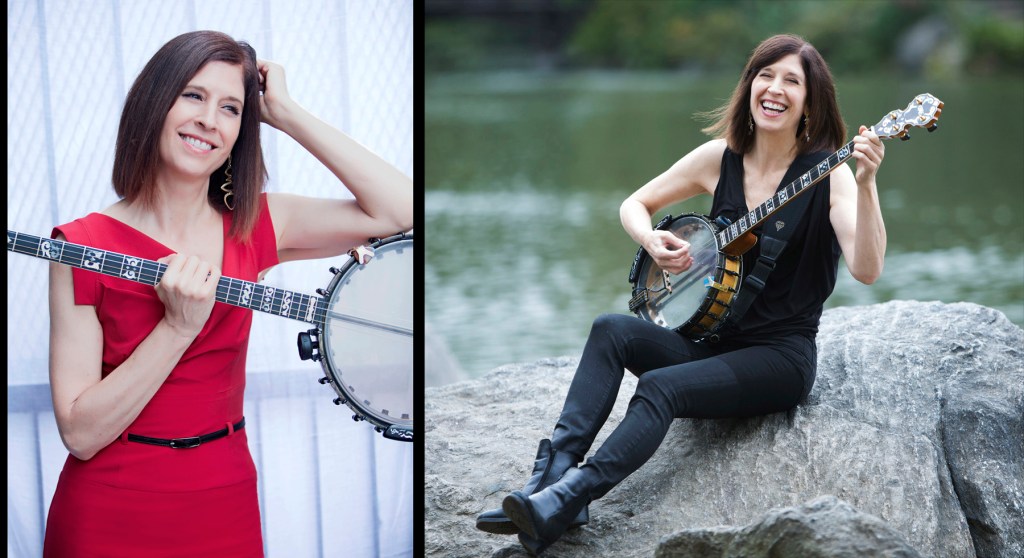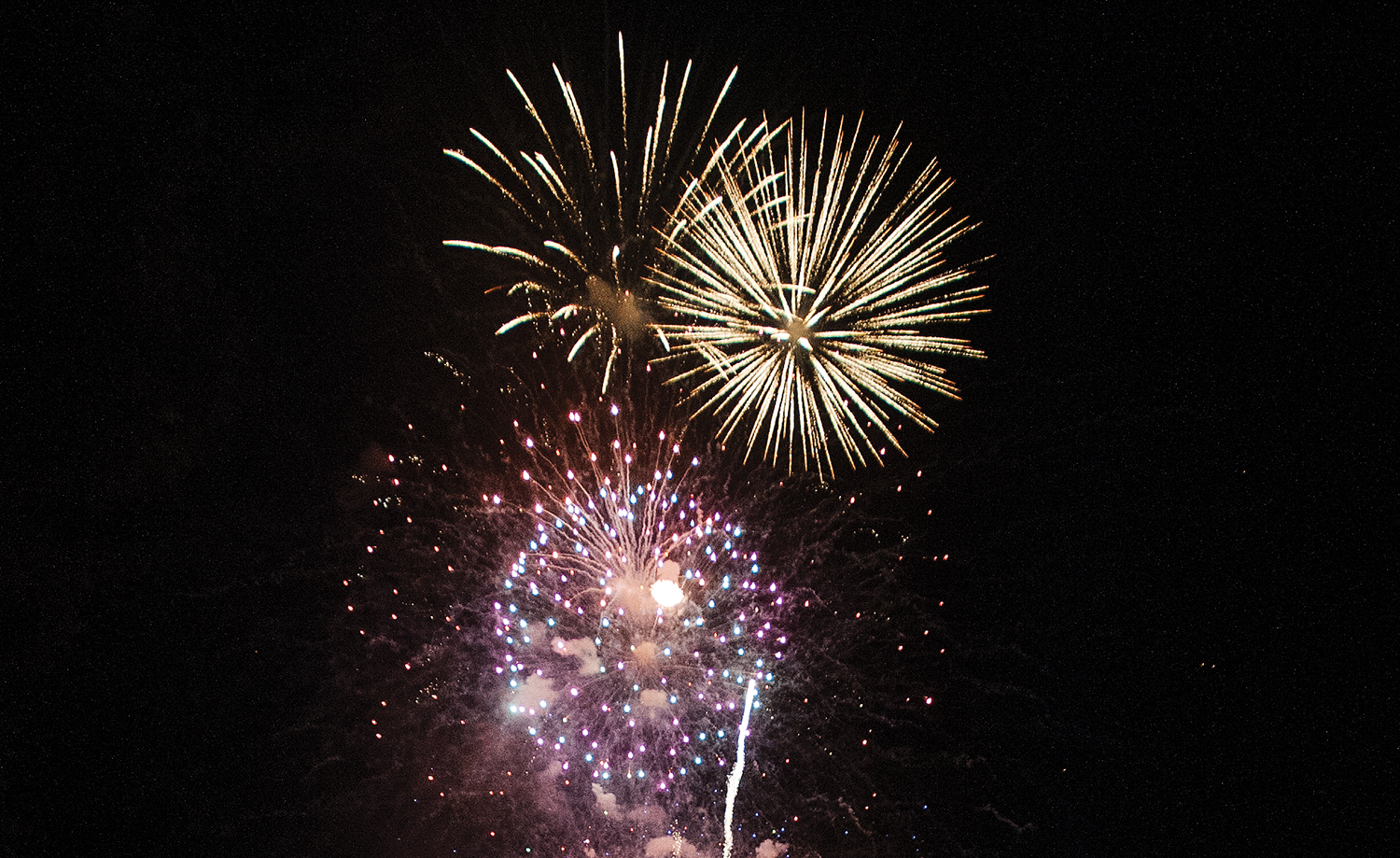ARTS AND CULTURE: Cynthia Sayer
Published 12:00 am Tuesday, July 20, 2021

- Cynthia Sayer (Submitted photo)
CYNTHIA SAYER, the internationally celebrated banjoist, will lead her trio in Cynthia Sayer: Hot Banjo at Paramount Arts Center on Saturday, July 24 at 8 p.m.
Genre Style: Hot Jazz, Swing and more
Location: New York City
How did the project start?
I’ve performed with many bands over the years, both as a side player and as a bandleader, including being a founding member of Woody Allen’s New Orleans Jazz Band, co-leader of The New Spike Jones Orchestra, leader of Women Of The World Jazz Band (all top women musicians), and leader of an all-banjo quartet, The New York Banjo Ensemble, which was my very first concert group. I founded my current project, The Joyride Band, as a vehicle for bringing the joy and excitement of live hot jazz and jazz banjo to audiences all over the world.
What are three adjectives to describe your style?
Exciting, unexpected and fun!
Walk us through your creative process. Does it vary, if so, how?
As bandleader, I put together a new program for each appearance, so we never play exactly the same show twice. I balance what’s familiar with new material in order to keep things fresh for my band, myself and our audiences. Improvising is a not only a part of playing jazz, but also an approach or vantage point. I’ll often create an arrangement on the spot based on mood or audience response, or follow some kind of path that happens to evolve, sometimes leading to me altering the concert program as we go. My goal is to be musically engaging and fun for us and the audience, while also accomplishing my life-long mission of displaying the range and versatility of my instrument, the four-string banjo.
How has your art evolved since you started?
Unlike the majority of young artists playing hot jazz and swing today, I never went to music school. I majored in English, and assumed I’d continue to law school, but decided on music instead. I was probably the last generation to learn my craft by doing, sort of like being an apprentice in a guild and learning from my elders. In jazz, our elders are greatly respected. And most experienced players are very supportive of younger musicians keeping this music alive and thriving. Granted, as a young player when I’d show up on a gig, there was often an obvious hesitation or double-take, because most of the musicians in those days weren’t used to seeing women players, much less a woman jazz banjoist. But once I started playing, they’d recognize I was a serious musician. I was fortunate to have benefited by getting support and advice from many leading artists.
I believe in always learning and growing, that never stops.
I started my career more narrowly focused on traditional jazz, and over time I’ve expanded into whatever attracts me and can take me and my audience on a banjo-fueled joyride for the evening.
What is your favorite creative tool, and why?My brain is my favorite creative tool, but I would assume that’s so for everyone in the arts. Of course, my brain connects to the parts of my heart and soul where the creative juices live and percolate. From there, everything gets translated into the many different aspects of playing and creating music.
What about being an artist fills your cup? Why should others take interest in the arts?
I feel that I have the best job possible – bringing joy to others through music! I believe that the arts are of paramount importance, enabling us to connect to each other as fellow human beings, transcending cultures and politics. The arts nourish the soul. The arts are an integral part of our humanity, inspiring us to expand our worldview, compassion, and creativity in every possible way. Arts matter in the same way that love matters – giving deeper meaning and sustenance to our lives.
Any advice for new or struggling artists?
I believe it’s important to not only commit to learning and growing your art, but also to learning and growing the business you are developing with your art. You can be creative about both. When I first started, I didn’t realize how much time I’d need to devote to the business side of things as my career grew. Learn your craft, yes, and try to maintain having enough creative space, and also learn the ins and outs of doing business in the music industry.
What upcoming project should we look for, and where can we look for it?
As things reopen, my concert and festival work, tours, etc., are resuming. Thank goodness! I’m currently deciding on my next project, not rushing into anything. In the meantime, you can hear my music on Spotify and other streaming platforms, and on my website you can find my albums, as well as my hot jazz play-along book for all instruments, “You’re IN The Band.” I also invite you to check out my music video “Sunshine For The World” on YouTube, which I put together during Covid lockdown. Creating it definitely helped me stay positive during that dark stretch.
As we move forward and start to put this pandemic behind us, it feels like a very precious time — a fresh start. But for now, I’m simply enjoying being able to do live performances again!
What question do you never get asked that you would like to be asked? How would you answer?
What’s different about your banjo?
When people hear the word “banjo,” they typically associate it with bluegrass, roots music, etc. That is a five-string banjo. My instrument is a whole other kind of banjo that many are less familiar with – the four-string banjo. Though both are called banjos, they are actually quite different, with different tuning and technical skills required for each. The four-string evolved from the five-string, but created a separate musical trajectory and history of its own. There are also two kinds of four-string banjos – the tenor and the plectrum. I play the plectrum banjo. But I won’t get all banjo-nerdy on you! Come to our show, and I’ll show you what a four-string banjo can do!





